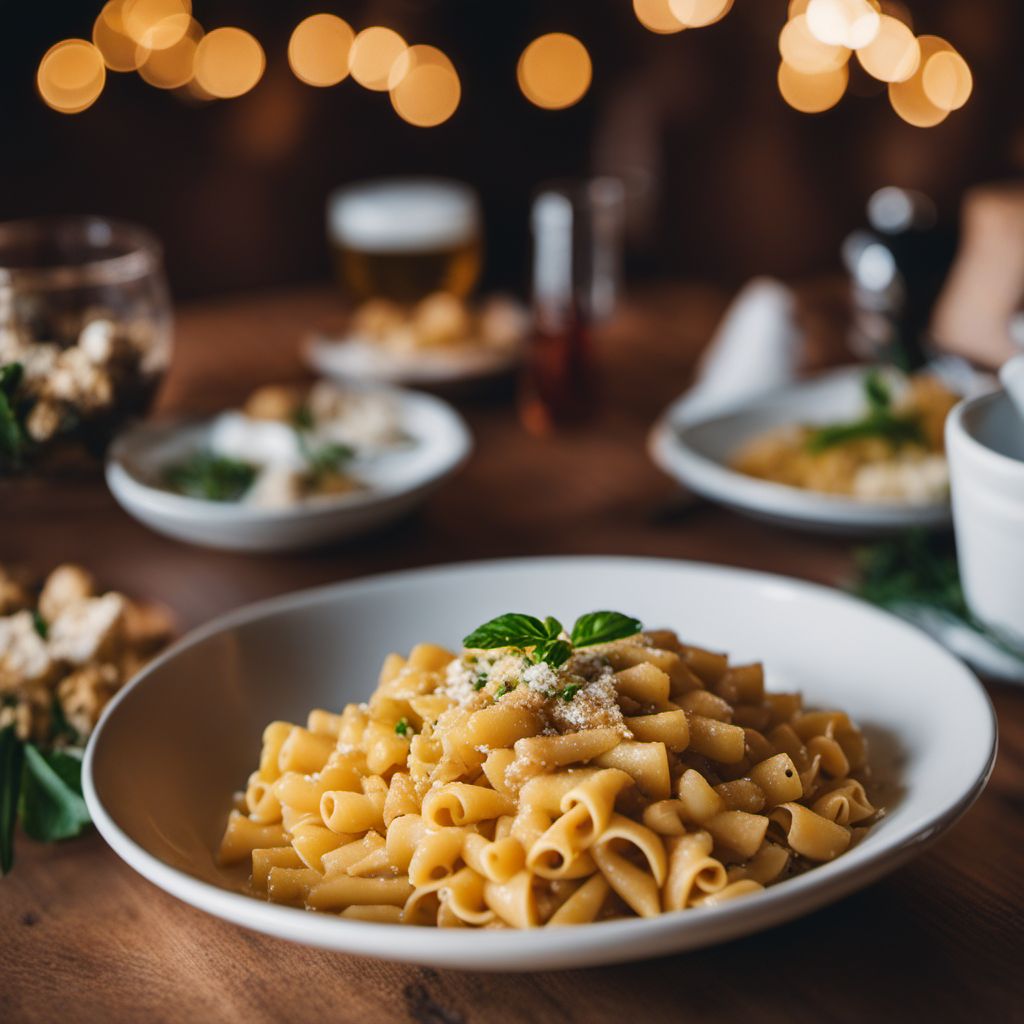
Dish
Ščipanci
Ščipanci is made with flour, water, and sometimes eggs. The dough is rolled out and cut into small pieces, which are then rolled between the palms of the hands to create a unique shape. The pasta is then boiled and served with a variety of sauces, such as tomato sauce, meat sauce, or mushroom sauce. Ščipanci is a hearty and filling dish that is perfect for cold winter nights.
Origins and history
Ščipanci has been a staple in Istrian cuisine for centuries. It is believed to have originated in the rural areas of Istria, where it was a popular dish among farmers and shepherds. Today, Ščipanci is enjoyed throughout Istria and is often served at local festivals and celebrations.
Dietary considerations
Ščipanci is typically made with wheat flour, which contains gluten. It is not suitable for those with celiac disease or gluten intolerance. However, it can be made with gluten-free flour for those who need to avoid gluten.
Variations
There are many variations of Ščipanci, depending on the region and the cook. Some recipes call for the addition of eggs or olive oil to the dough, while others use different types of flour. Some cooks also add herbs or spices to the pasta dough to give it extra flavor.
Presentation and garnishing
Ščipanci is typically served in a large bowl or platter, with the sauce poured over the top. It is often garnished with fresh herbs, such as parsley or basil.
Tips & Tricks
To make Ščipanci, it is important to roll the pasta dough thin enough so that it cooks evenly. It is also important to cook the pasta in a large pot of salted water, and to stir it occasionally to prevent it from sticking together.
Side-dishes
Ščipanci is often served with a side of vegetables, such as roasted peppers or sautéed mushrooms. It can also be served with a salad or a side of bread.
Drink pairings
Ščipanci pairs well with red wine, such as Merlot or Cabernet Sauvignon. It can also be enjoyed with a cold beer.
Delicious Ščipanci recipes
More dishes from this category... Browse all »
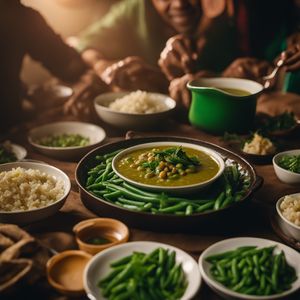
Abšmalcane mahune
Croatian cuisine

Acar
Indonesian cuisine

Acaçá
Brazilian cuisine
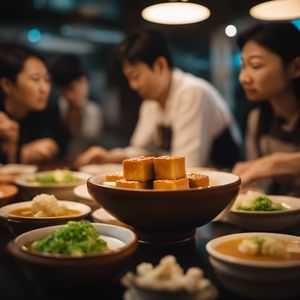
Agedashi tofu
Japanese cuisine

Akple
Ghanaian cuisine

Aloo matar
Indian cuisine
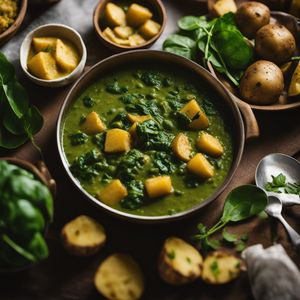
Aloo palak
Indian cuisine
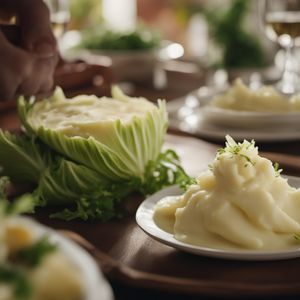
Andijviestamppot
Dutch cuisine
More cuisines from this region... Browse all »
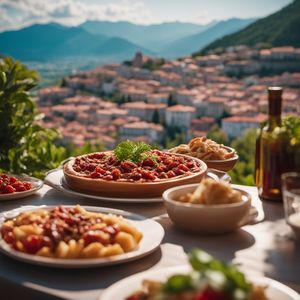
Albanian cuisine
Savory, Herbaceous, Tangy, Citrusy

Aromanian cuisine
Savory, Herbaceous, Tangy, Citrusy

Bosnian cuisine
Rich, Savory, Smoky, Spicy, Tangy

Greek cuisine
Fresh, Flavorful, Tangy, Salty

Kosovan cuisine
Hearty, Flavorful, Herbaceous, Spicy, Tangy

Macedonian cuisine
Savory, Hearty, Spicy, Tangy, Rich

Montenegrin cuisine
Fresh, Light, Tangy, Savory
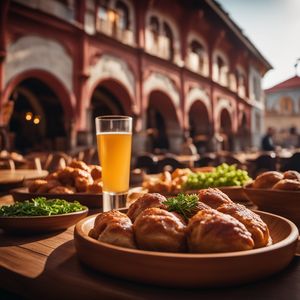
Serbian cuisine
Savory, Hearty, Spicy, Tangy, Rich

